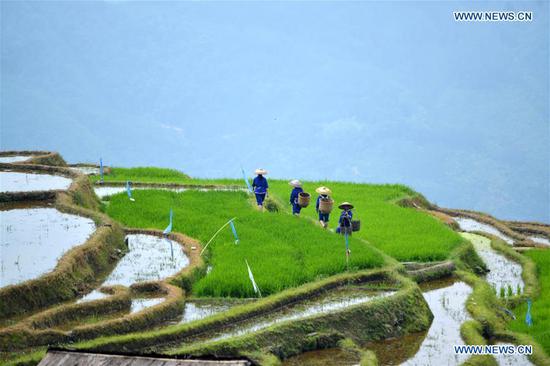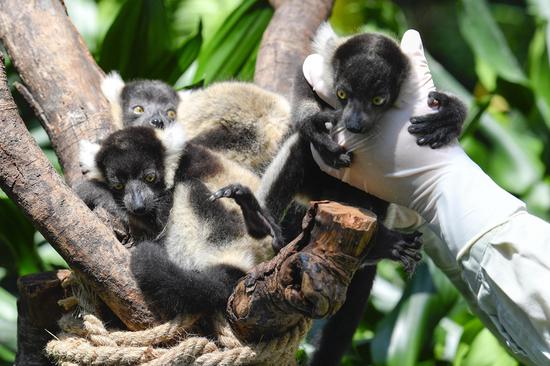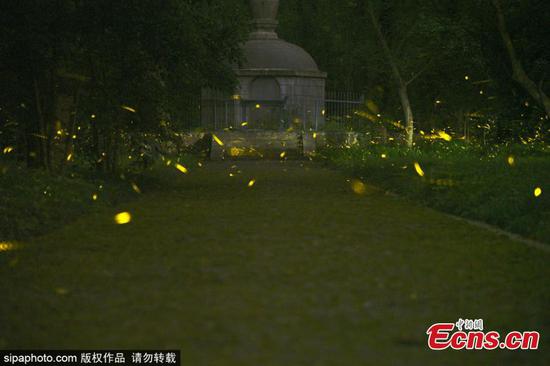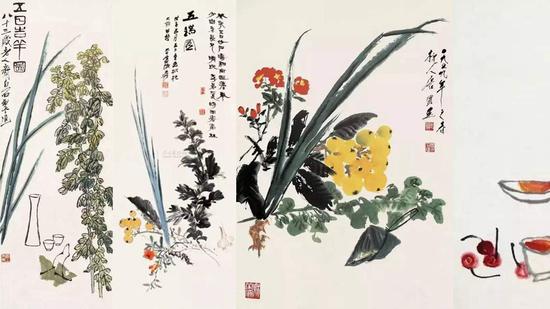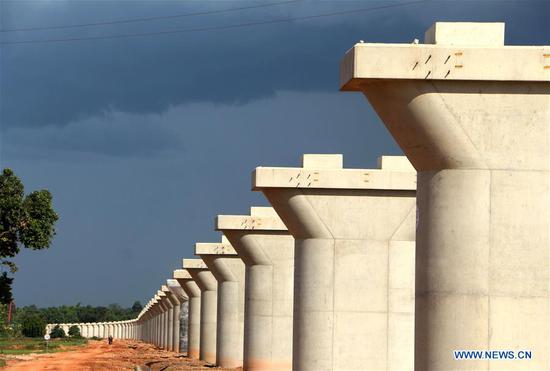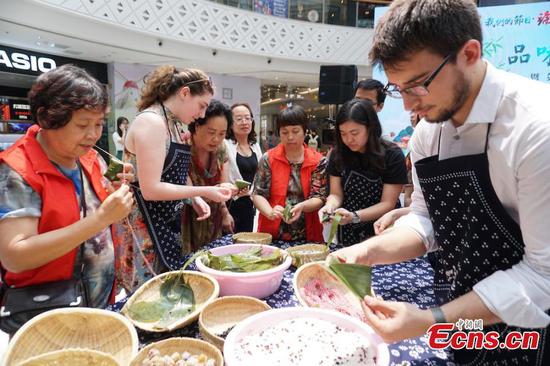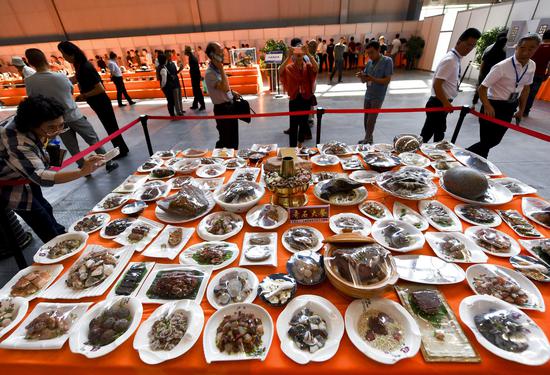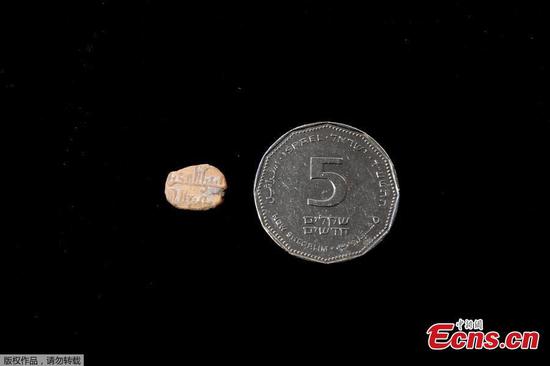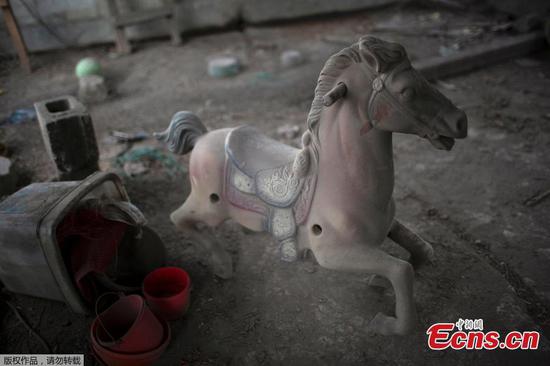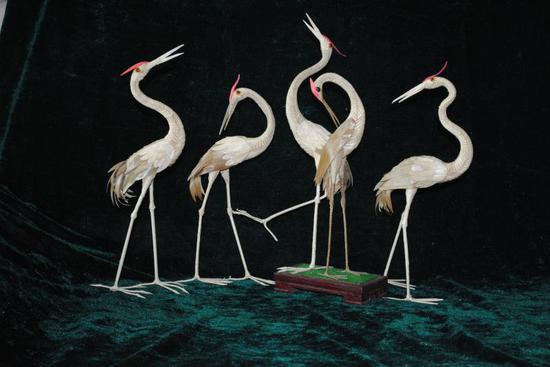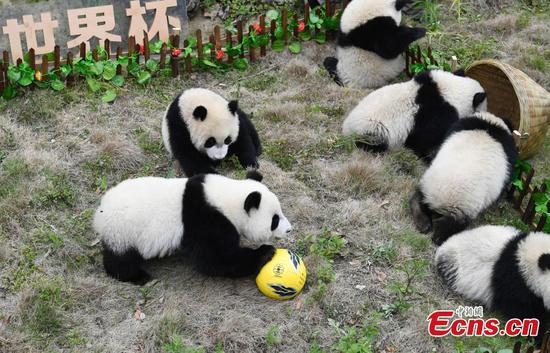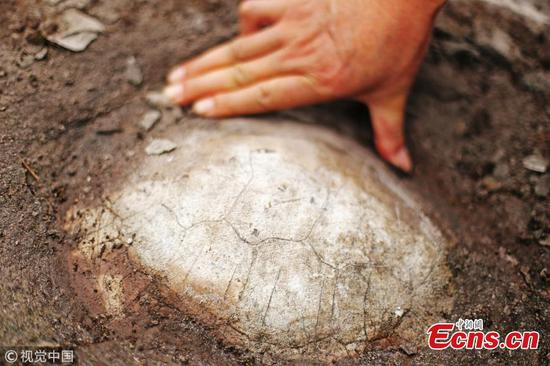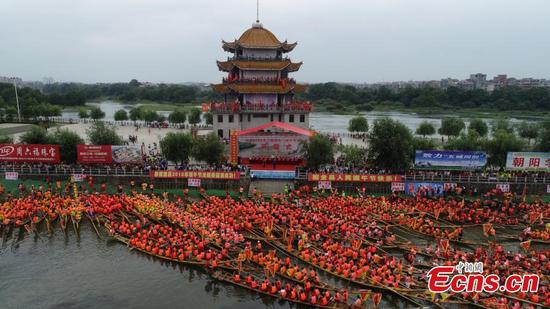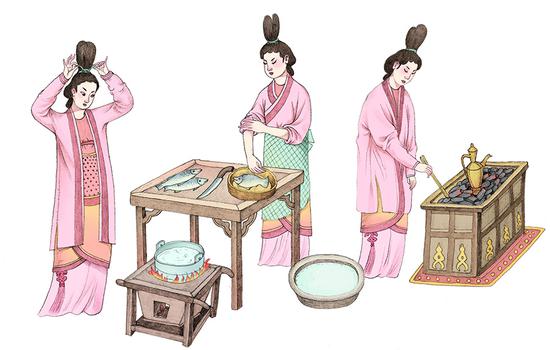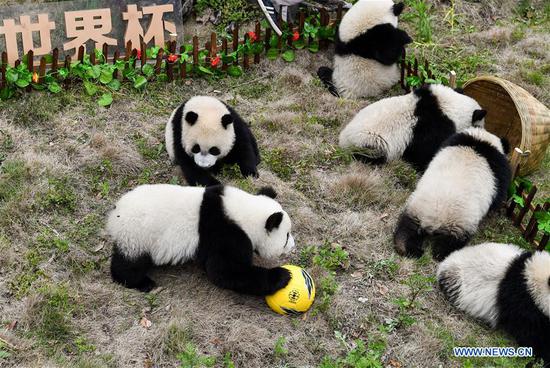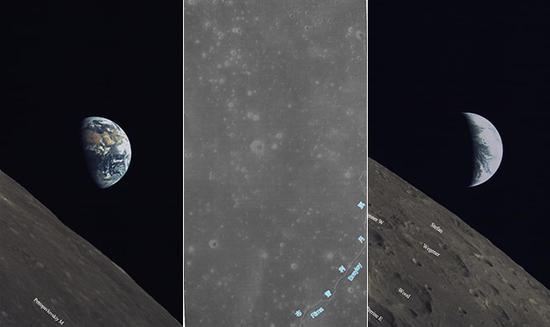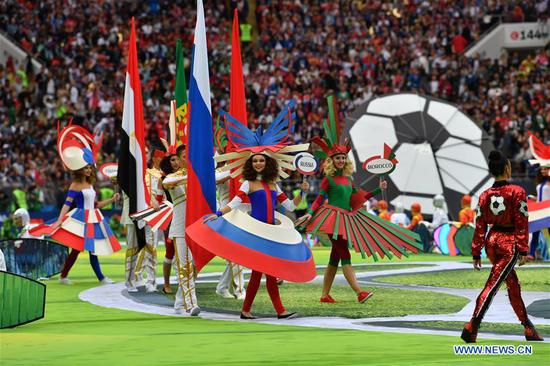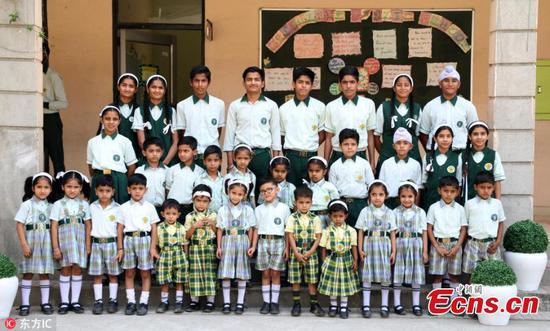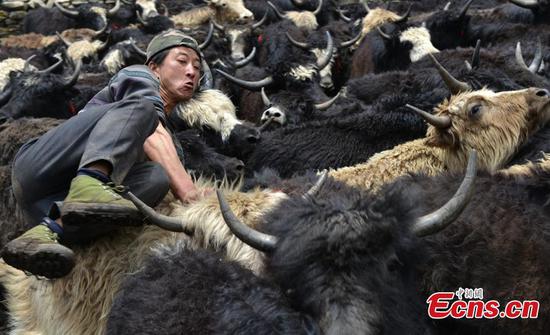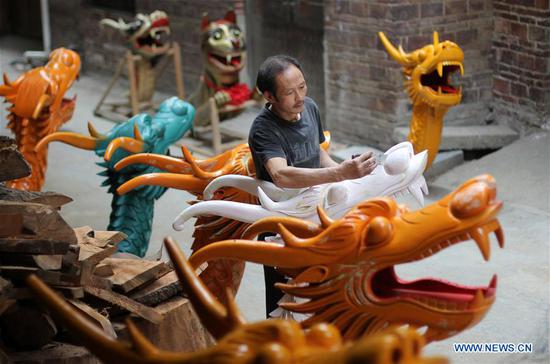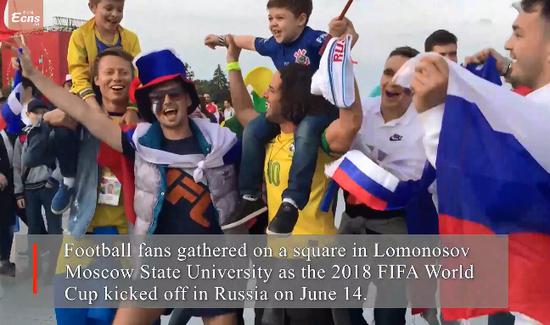The most global – Hokkien zongzi
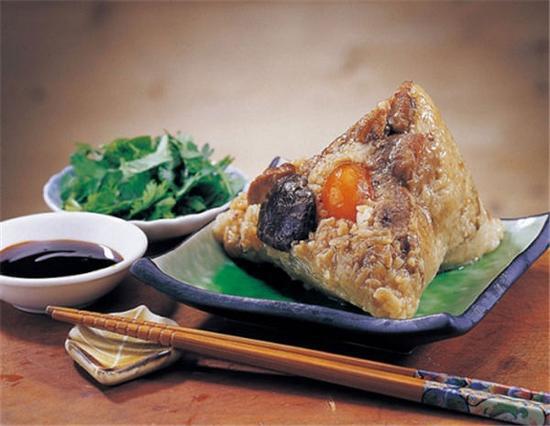
With Hokkien migrants across the world, Hokkien braised pork zongzi (also known as bakchang or machang originating from the Hokkien dialect), embracing fame at home and abroad, is very likely to be the most global one.
Braised pork zongzi is one of the most typical specialties in southeast Fujian province in East China, which is popular in Taiwan, as well as in Southeast Asian countries like Singapore, Malaysia and Indonesia.
The inside of the zongzi containing well-braised pork and extra fillings of mushrooms, dried shrimp or oyster and lotus seeds is the selling point. Wrapped with reed leaves and trussed with twine, the Hokkien version of zongzi has rich flavors thanks to the sticky rice, moist but not mushy, seasoned perfectly with broth after being steamed.
International versions of zongzi
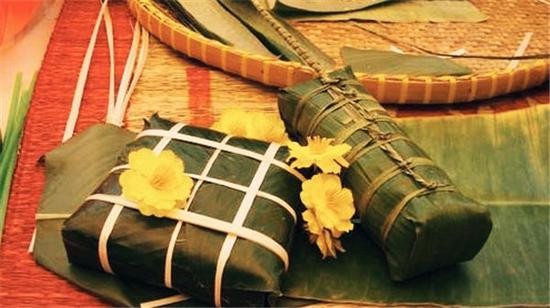
Spread through the Chinese diaspora, zongzi today involves many variations in different countries around the world.
In the shape of a thin elongated cone, Japanese zongzi, called "chimaki" and mostly eaten during Children's Day on May 5, uses mashed rice flour instead of glutinous rice and stuffed with various kinds of fillings like fruit, egg yolk or small fish fillet.
The Vietnamese make two shapes of zongzi, rounded ones (referring to the heaven) and square ones (referring to the earth), which contain unique fillings mixed with pepper, mung beans and pork wrapped with banana leaves. Eaten on the same day as Chinese Dragon Boat Festival, the rounded and square zongzi are a symbol of good fortune and the bumper harvest.
Singaporeans love flowers, thus they immerse zongzi in flower juice and offer it as a treat for guests. The rice flour becomes green after absorbing the juice and glitters and looks translucent.
As a specialty of Peranakan cuisine, Malaysian zongzi (Nyonya chang) are made of regular glutinous rice and blue rice immersed in blue flower juice typically stuffed with mixed spices, pork mince, winter melon and roasted peanuts. The authentic Nyonya chang ought to be steamed or boiled with coconut milk.
Mexicans also have their own version passed down through history in the region called "tamale," made of corn flour or dough with the fillings of meat cubes, chilies, cheese and any ingredients according to personal palates. Wrapped and steamed in banana leaves or corn husks, tamales full of flavor are quite a meal on their own.









